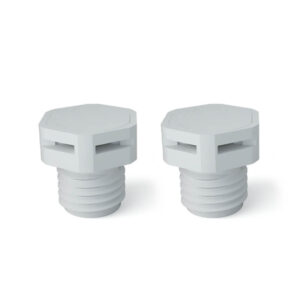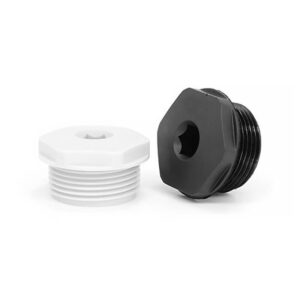What is a cable gland?
A cable gland is a device used to attach and seal the end of an electrical cable to the equipment it connects to. The main function of a cable gland is to protect against various environmental factors such as dust, dirt, water, and corrosion. Cable glands are used in areas where cables pass through walls or machinery enclosures.
Cable glands come in different sizes and materials depending on the application requirements. Some common materials include brass, stainless steel, nylon, and plastic. The design of a cable gland includes two main parts: the body and the compression nut. The body holds the cable in place while the compression nut secures it by tightening it onto the body.
Proper installation of a cable gland is important for ensuring safety and preventing damage to both the cable and equipment it connects to. It is recommended that certified electricians or professionals perform installations to ensure proper techniques are employed for specific applications.
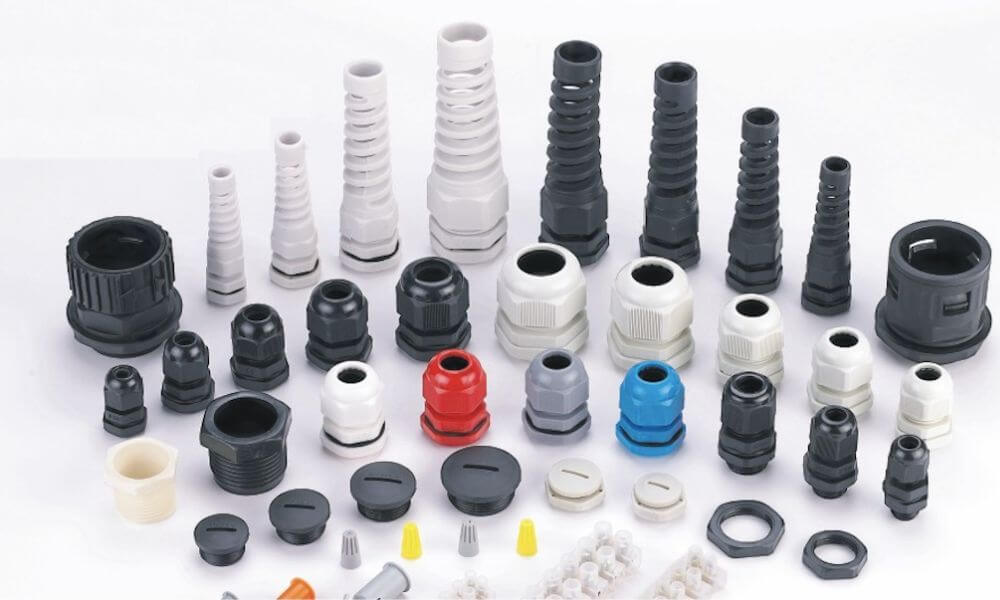
Purpose and Benefits of Cable Gland
The purpose of using a cable gland is to prevent any dust, dirt, or moisture from entering the equipment through the hole where the cable passes. Cable glands are also used for preventing damage to cables caused by pulling or twisting, and they provide support during installation.
One benefit of using a cable gland is that it helps in maintaining safety standards. Electrical installations must meet specific safety regulations, and having proper seals between different parts of an installation can help prevent accidents caused by electrical faults. Using a good quality cable gland ensures that there will be no risk of electrocution due to exposed wires.
Another advantage is that it makes maintenance easier. When cables are installed without glands, they can get tangled with each other or other components within an installation, making them difficult to maintain or replace when necessary. By using a properly designed and installed gland system, cables become more organized and easier to access when needed for repair work.
Types of Cable Glands
There are several types of materials used to manufacture cable glands, including:
- Metal: such as brass, stainless steel, and aluminum
- Plastic: such as nylon, PVC, and polycarbonate
- Rubber: such as silicone and EPDM
- Other materials: such as ceramic and glass-reinforced plastic (GRP)
Our factory has PG cable gland, S-PG cable gland, Metric cable gland, S-M cable gland, D-M cable gland, G cable gland, Spiral flex cable glands, and NPT cable gland. Due to different materials, it contains brass cable gland, plastic cable gland, stainless steel cable gland, and aluminum cable gland. The waterproof multi hole cable gland contains multi hole bushings.
Installation Process of Cable Gland
A cable gland is a mechanical device used to securely attach and seal the end of a cable to electrical equipment. It is also known as a cable connector or fitting. Cable glands are designed to prevent dust, dirt, and liquids from entering the equipment through the cable, and they also provide strain relief for the cable.
The installation process of a cable gland involves several steps.
1. The first step is to select the right size of gland for your cable. This ensures that the fitting will fit snugly around the cable without being too tight or too loose. After selecting the right size, you need to prepare your cables by stripping off their outer sheath.
2. Next, insert your stripped cables into the appropriate holes in your chosen gland body. Tighten them using either screws or nuts depending on how it’s designed until they are secure enough not to slip out when subjected to pulling or twisting forces.
3. Finally, screw on any additional parts such as locking nuts or caps if necessary for further protection against environmental factors like water ingress that may cause damage over time if left unchecked.
Here are some examples of where cable glands may be used:
- Electrical enclosures: Cable glands are commonly used in electrical enclosures such as junction boxes, switchgear cabinets, and control panels, to secure and protect the cables that enter and exit the enclosure.
- Outdoor applications: Cable glands are often used in outdoor applications such as street lighting, traffic signals, and security cameras to protect the cables from weather conditions such as rain, snow, and UV radiation.
- Industrial machinery: Cable glands are used to secure and protect the cables that power and control various types of industrial machinery such as motors, pumps, and conveyors.
- Marine and offshore applications: Cable glands are used in marine and offshore environments to protect the cables from saltwater corrosion and other harsh conditions.
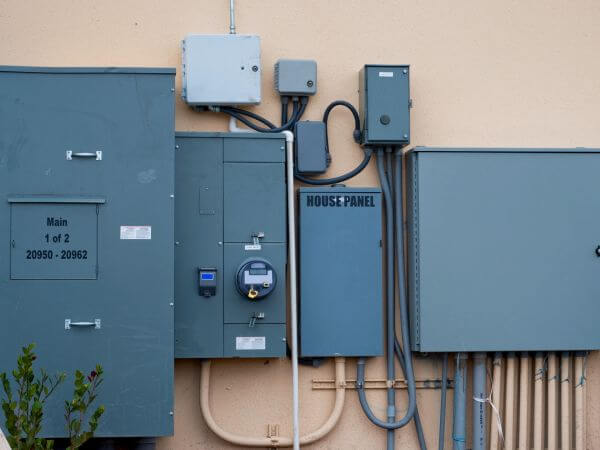
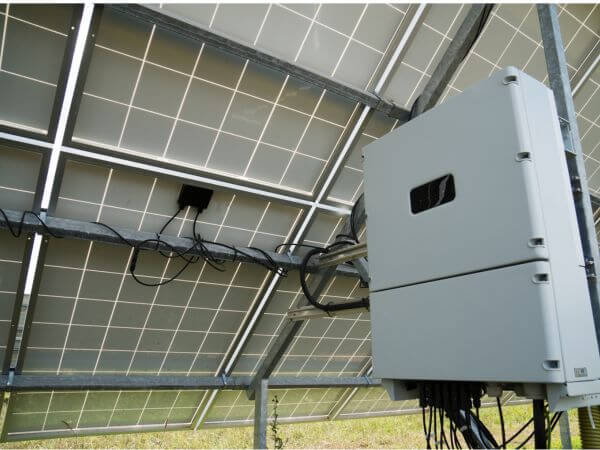
Selection Criteria of Cable Gland
Selection criteria are important when choosing the right cable gland for a particular application. When selecting a cable gland, several factors need to be considered including the size of the cable, the type of material used in construction, the level of protection required, and ease of installation.
One key factor to consider when selecting a cable gland is the size of the cable being used. It’s important to choose a gland that will accommodate the diameter of your cable without causing any strain or damage.
Another important consideration is the type of material used in designing and constructing the gland. Some materials may be more suitable for certain environments than others depending on their resistance to chemicals, heat, or cold temperatures.
The level of protection needed for your application should also be taken into account when selecting a cable gland. Different types of glands offer varying degrees of protection against dust, water, or other external factors such as impact resistance which could affect performance over time if not properly accounted for during selection.
Finally, it’s important to choose a gland that is easy to install so you can avoid unnecessary delays or errors during installation which could cause greater problems down the line.
Maintenance and Safety Considerations of Cable Gland
A cable gland, also known as a cable connector or fitting, is an essential component used to secure and seal the end of an electrical cable onto a piece of equipment. Cable glands are designed to protect cables from damage, strain, and environmental factors such as dust, moisture, and chemicals. They are commonly used in industrial settings where safety and reliability are critical.
Maintenance and safety considerations play a crucial role in the installation and use of cable glands. Regular inspection of cable glands is necessary to ensure that they remain tight and free from any damages that can put workers at risk. It’s also important to check for signs of wear or corrosion that may affect their performance over time.
To maintain the safety of the workplace environment while using cable glands, it’s essential to follow proper installation procedures provided by manufacturers’ guidelines.
Additionally, selecting the right type of gland based on its application is important for ensuring maximum safety during operation.
In summary, keeping up with regular maintenance checks ensures optimal functionality while adhering to safety protocols outlined in your industry standards will help reduce risks associated with using these types of fittings significantly.
Conclusion of Cable Gland
In conclusion, cable glands are an essential component of any industrial or commercial electrical installation. These devices provide a reliable and safe way to connect cables to equipment while also protecting against moisture, dust, and other environmental factors. Whether you’re installing new equipment or retrofitting existing systems, it’s important to choose the right type of gland for your application.
One key takeaway when selecting cable glands is to consider the type of cable you’ll be using. Different types of glands are designed for different types of cables including armored or non-armored cables, high-temperature cables, and hazardous area applications.
Additionally, it’s important to ensure that the gland is rated for the appropriate IP (Ingress Protection) rating based on its intended use.
Another crucial consideration when choosing a cable gland is understanding the installation process. Some glands feature easy-to-use designs that can be installed quickly with minimal tools, while others may require more complex installation procedures such as drilling or tapping holes in equipment enclosures.
By carefully considering these factors and working closely with a knowledgeable supplier or installer, you can ensure that your cable gland selection meets both your technical requirements and budgetary constraints

